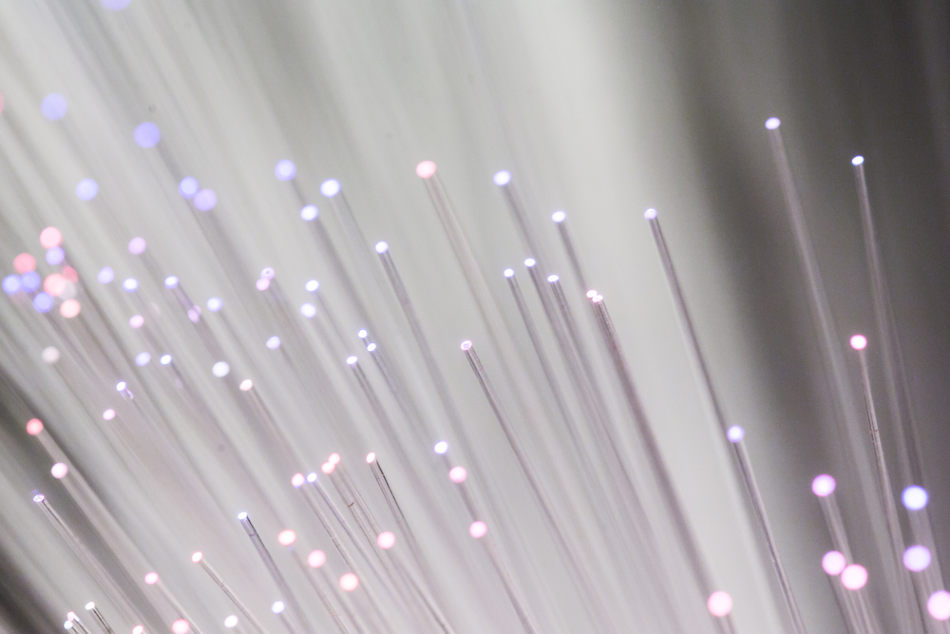
Image Credit: Jamen Percy/Shutterstock.com
However, typical optical fibers have been developed to do the exact opposite.
“Standard fibers are made of a glass cladding, with a much thinner, inner core,” Diamandi added. “Light is guided at the inner core, and every effort is made to keep light from leaking outside. A substance under test, in most cases, lies outside the much larger cladding. Unfortunately, guided light does not touch upon much of the outside world.”
There is a potential solution that is based on other forms of propagation in the same optical fiber.
In addition to the core mode, light can propagate in the fiber by filling out the entire cladding. In that case, it may ‘feel’ what’s outside.
Yosef London, Doctoral Student, Faculty of Engineering, Bar-Ilan University
However, switching light from the “normal” core mode to the cladding modes is not known yet.
London continued, “Here there’s a catch. Coupling to the cladding modes requires the inscription of permanent, periodic perturbations in the fiber medium, called ‘gratings.’ Gratings are written at specific, discrete locations. You cannot erase them or move them about.”
Because of that reason, cladding mode sensors are only restricted to point-measurements.
Spatially distributed analysis represents the core strength of optical fiber sensors, where each segment of fiber acts as a separate measurement node. Until now, distributed measurements were not supported by cladding modes. The revolutionary concept came from Gil Bashan, a third doctoral student in the team.
There is an alternative to the use of gratings. We can launch two strong optical waves into the fiber instead. When their frequencies are chosen correctly, the two waves can drive acoustic oscillations within the core of the fiber, at very high hypersonic frequencies. Those acoustic waves become our gratings.
Gil Bashan, Doctoral Student, Faculty of Engineering, Bar-Ilan University
This principle is called Brillouin dynamic gratings. These gratings are different from permanent inscriptions and can be turned on and off on demand. In addition, they can be limited to short segments of random sites, and can be scanned along the optical fiber.
According to Bashan, “The principle has been used between core modes of fibers for over a decade. We carry it over to the cladding modes.”
In a study recently published in the Optica journal, the researchers reported a first-of-its-kind distributed cladding mode fiber sensor. In doing so, they had to overcome significant barriers.
“There is large disparity in size between core and cladding modes. Core modes are confined to a very tight region. Cladding modes spread over an area 200 times larger. For that reason, we were concerned that the coupling between the two modes would be weak and inefficient,” explained Advisor and Professor Avi Zadok.
Nonetheless, the researchers could demonstrate the accurate measurement of refractive index that is beyond the cladding boundary of an unchanged, standard optical fiber. The measurements’ spatial resolution was 8 cm.
The analysis accurately detected sections of short optical fibers submerged in a solution of ethanol and water, and evidently differentiated between the two. The fourth decimal point represented the uncertainty in index measurements.
“We have demonstrated a new concept of optical fiber sensors. It addresses a decades-long challenge: the distributed mapping of refractive index outside the cladding of standard fiber, where light does not reach,” concluded Professor Zadok.
The optical fiber sensor can be utilized to detect leaks in critical infrastructure, and for process monitoring in desalination plants, the petrochemical sector, food and beverage production, etc.